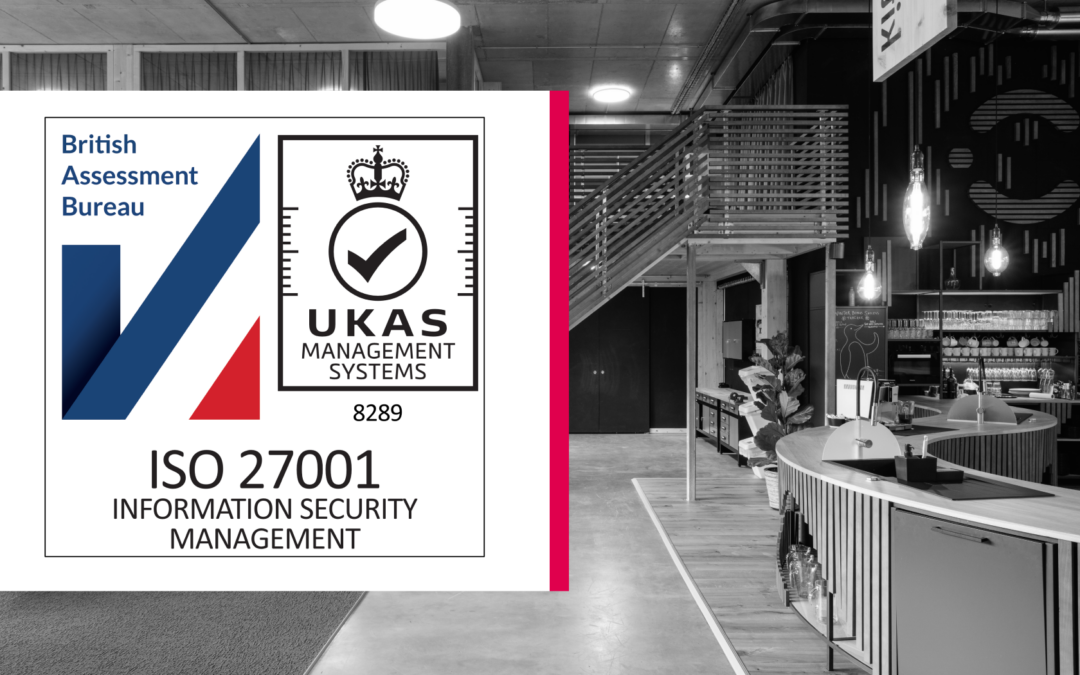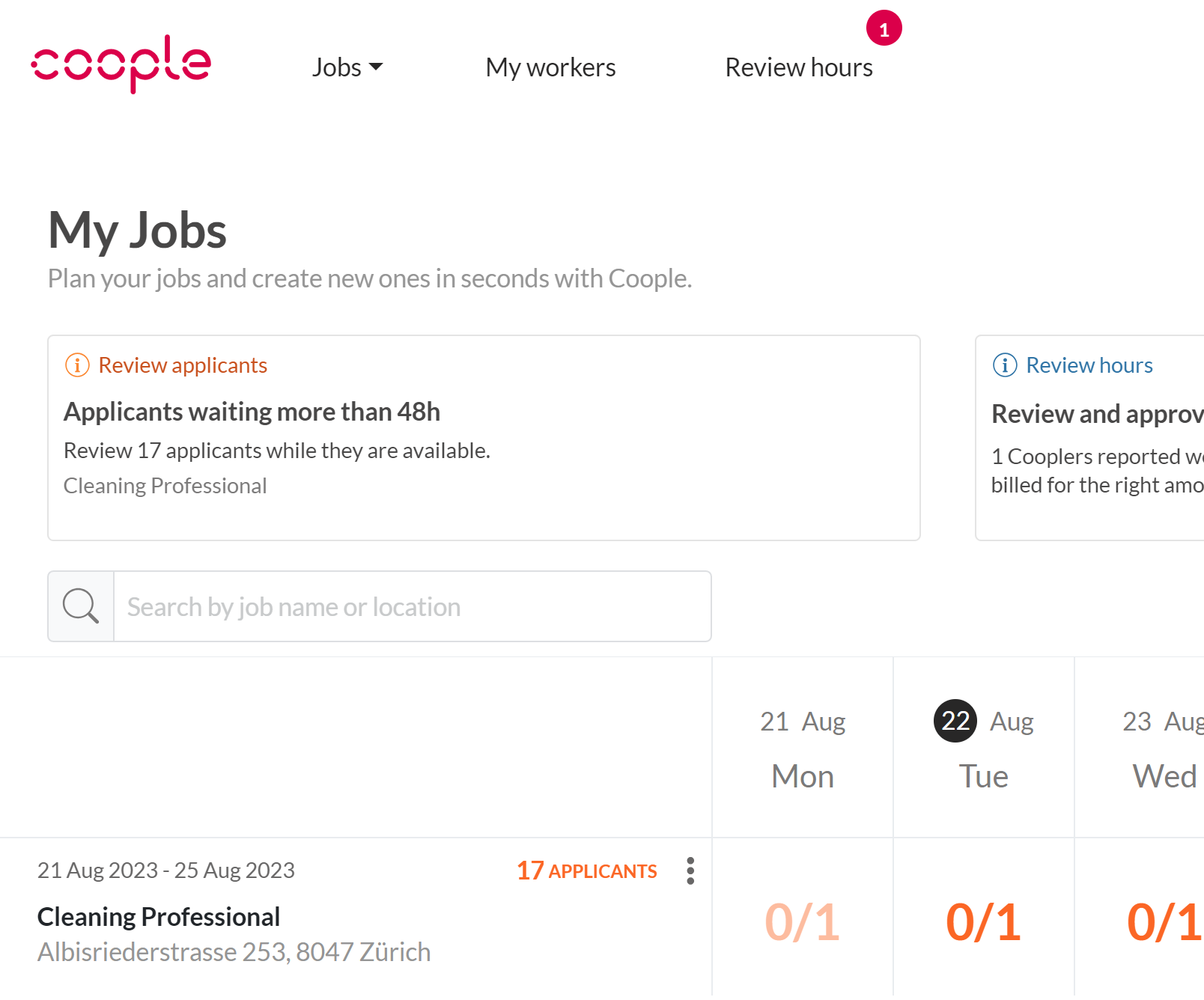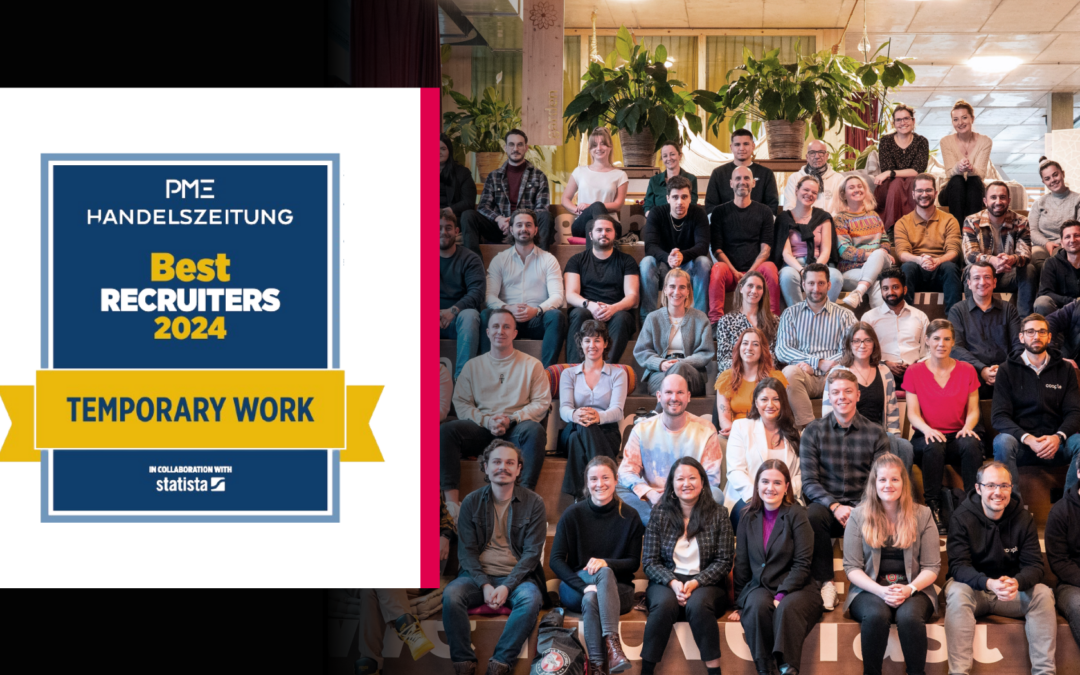
Employee retention for long-lasting corporate success
In today’s working environment, there is an imminent problem with employee discontent and a high churn rate. Employees often resign because they don’t feel appreciated, there is a lack of communication, or they don’t see opportunity for personal advancement. Resignations increase the churn rate and always have a negative effect on the company. To countervail this trend, there are various effective measures to create a successful and satisfactory working environment.
In this article, we introduce some of these measures and show what is needed to bind employees to the company on a long-term basis and keep up their satisfaction.
Effective measures for employee retention
Measures for employee retention include creating a positive company culture, recognising and rewarding accomplishments, development opportunities, and good working conditions. But what does it take to implement these measures?
The quintessence: a positive company culture
To establish employee retention, it is vital to create a positive company culture. Companies that regularly organise team-building events where employees come together in a relaxed atmosphere and get to know each other better, have predominantly satisfied employees. Lothary’s (2023) recently published reports address a paradigm shift in which companies realize that their staff is not only interested in getting their jobs done. Interaction within the team has a great influence on the company culture and employees attach great importance to a healthy working atmosphere, openness, and appreciation. It’s evident that meetings in which employees have the opportunity to openly talk about their experiences, issues, and ideas, can contribute to a healthy atmosphere.
Motivation is underrated: Why appreciation and reward systems are important
The employees’ willingness to work hard and long hours is often underestimated and is not rewarded accordingly. Especially in the healthcare sector there is a tough discussion on overtime work in hospitals. The Association of Swiss Medical Assistants and Senior Physicians (VSAO) has published alarming findings in a survey: nearly 70 percent of more than 3,000 respondents stated that they feel forced to work overtime and consequently feel exhausted. In healthcare, working overtime is quite common, but there is a lack of authentic appreciation for it.
Introducing reward systems has a positive impact on employee loyalty. Such systems help to show appreciation for the employees’ commitment in an adequate way. More and more organizations introduce programs like „Employee of the Month“. Whoever wins gets financial benefits like a raise, on top of the company-internal appreciation. The employee’s extrinsic as well as intrinsic motivation is boosted and contributes to the positive working atmosphere. A study by the University of Basel shows that employees feel more comfortable after having received a raise, an effect that eventually abates after some time. So, a financial reward is conducive to establishing successful employee retention, but it is not enough. Development opportunities are a key factor for employee satisfaction.

Talent management as a factor of success: Strengthening employee retention through career opportunities
Career-building opportunities are essential in every sector to reach the employees’ goals as well as the company’s. Even if the responsibility for career development is down to every individual, it can be a great advantage for the company to promote further education of its employees. Employers investing in talent management help their employees broaden their skills so that they are better prepared for their current tasks. It is even more valuable to do that both internally and externally. If the staff sees that further education and development is part of the company culture, it will strengthen employee retention.
The company can support individual development by offering training and further education programs, either in the shape of an internal training program or as the opportunity to study at an educational institution while working. Investing in talent management increases expertise and demonstrates the employer’s interest in the development of its staff. It is also important for the company to create clear career opportunities for its employees. Such measures are not complicated to implement but have a massive impact on motivation and loyalty. They endorse the individual’s career development and the growth of the company in the long run.
The importance of healthy working conditions and work-life balance
Everything discussed so far may become ineffective if the foundation in the company is deficient. Proper working conditions play an important role in terms of productivity and the well-being of the employees. This includes ergonomically designed work stations, decent lighting, healthy room temperature, and sufficient ventilation – all of which are basic requirements for a pleasant working environment.
Employees working in a comfortable and safe environment are more motivated and content. Therefore, it is vital for companies to create ideal workplaces in an inviting environment. These days it is also common to work from home. Despite the fact that opinions on remote work differ, it is a fact that employees appreciate it and that it contributes to good working conditions and a good workplace.
A healthy work-life balance becomes more and more important as part of motivating working conditions. Employees attach great importance to having enough time for their private life and the duties that come with it. Unfortunately, there is no universally valid way to arrange work and private life, but the following basic approaches should be considered within the company:
- Protect staff from working overtime
- Introduce flexible hours if possible
- Respect holidays and recovery time
- Support an open internal communication culture
- Promote health
- Keep scope of duties diversified
Flexible staff can disburden core teams
Healthy working conditions and a balanced work-life ratio are a crucial factor for content and productive employees. But even if the conditions are ideal, the pressure can be overwhelming in peak times or if staff drops out unexpectedly. This is a time when temporary hires can disburden full-time employees. This contributes to avoiding burnout and working extra hours and hence enhances employee satisfaction. Flexible staff helps companies adjust to the demand quickly and efficiently and helps to maintain a reasonable work-life ratio for the full-time employees. Flexible staff can also cover boring routine tasks so that full-time employees can concentrate on more important and complex tasks.

Measuring and recording employee satisfaction
To make sure that measures to improve employee retention and satisfaction are effective, the state of satisfaction should be evaluated on a regular basis. This can happen through polls or one-on-one interviews.
A company named Gallup has developed, after years of research, 12 questions to measure employee satisfaction that can be used in any company. These 12 questions can measure any aspect of satisfaction and allow you to take steps accordingly.
In addition, it is important to discuss detailed feedback and address possible adjustments in one-on-one interviews with superiors, for instance in relation to tasks or volume of work. It shows that the company is responsive to individual needs and to adjusting the working conditions to that effect.
Round-up
We have understood that employee retention is of crucial importance for today’s companies as it prevents dissatisfaction and a high fluctuation rate. Effective measures for employee retention include creating a positive company culture, appreciation, training opportunities, and good working conditions.
Coople can help disburden your staff
CoopleFlex enables companies to hire flexible temporary workers who disburden their core teams and create a better work environment. This strategy helps avoid working extra hours and improves the work-life balance and employee satisfaction. Flexibility and a systematic allocation of resources are key factors for successful employee retention and long-term success for the company.




